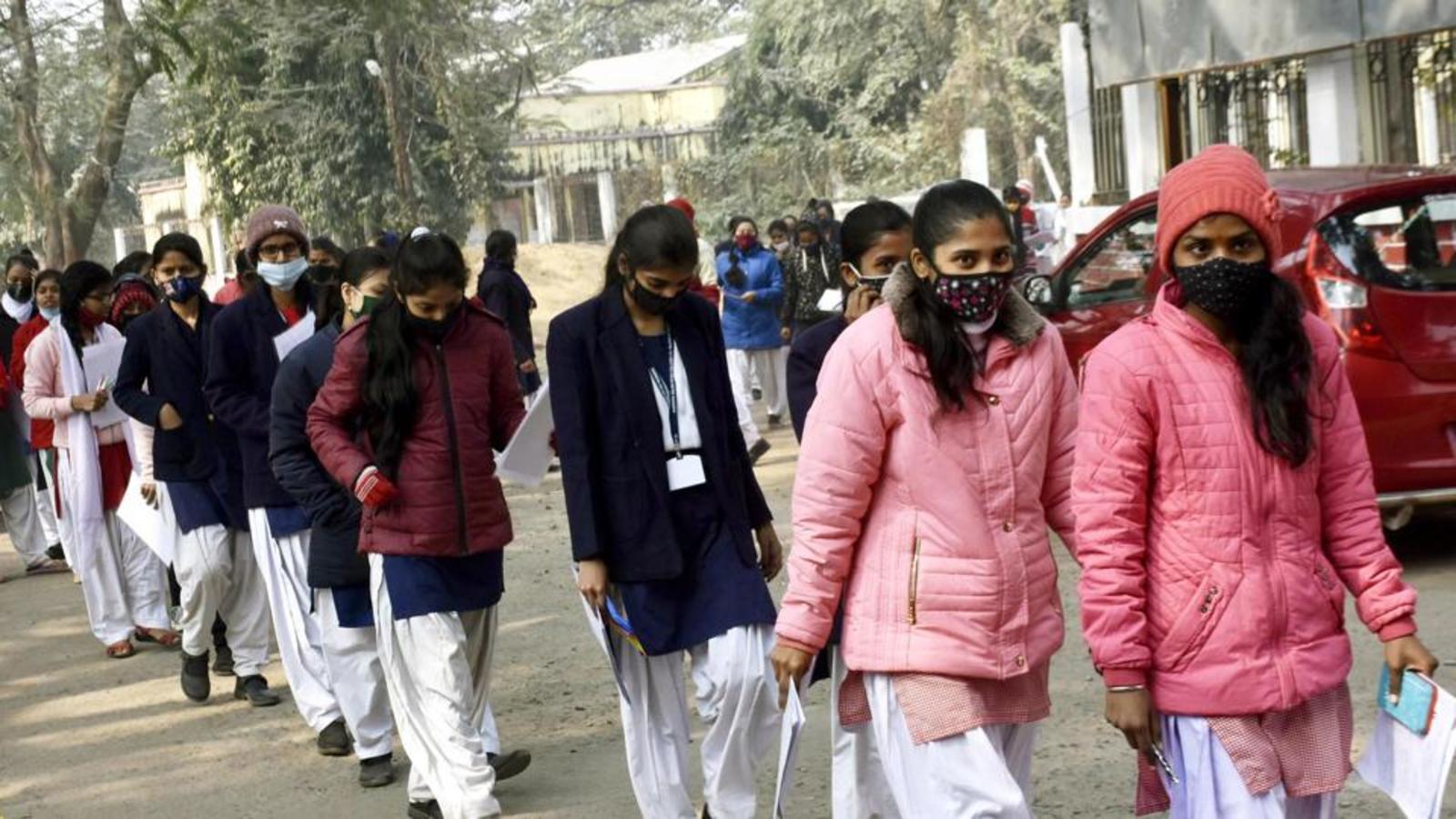[ad_1]
Since 2010-11, the government of Bihar has not submitted Certificates of Use (CU) for nearly ??80,000 crore in funds despite the 1975 executive decree of the Ministry of Finance prescribing a period of one year from the date of sanction of the fund for the submission of CUs, which was extended to 18 months by an executive decree of 2011 , states the Comptroller and Auditor General (CAG) report for the fiscal year ending March 31, 2020, which was tabled in the State Assembly in December of last year.
Of the total UA in circulation, the departments of panchayati raj, education, social protection and rural development represent 67.12%. This is the case when the data regarding the number of UA pending / false declarations, the holding of funds in term deposit accounts or any other type of account with lower returns could not be determined due to unavailability, the report says.
“Although such cases of non-submission of CUs appear regularly in CAG reports, there has been no improvement, while in many cases the same grantees continue to receive other grants from the same departments. despite pending CPUs. A high expectation of CU carries a risk of embezzlement, â€the report says.
An audit officer said that having CUs on hold for so long means there is no chance of them being submitted, unless the invoices are rigged. “Out of the total UA in circulation, ??7,516 crore (9.43%) is for the period 2010-11 to 2013-14, while the remainder, over 90% of UA in circulation, is for the period since 2014-15, which almost covers the previous tenure of the government. . There is no way to verify the old claims, â€he said, citing the report.
The chief secretary of the finance department, S Siddharth, said the government is reviewing the matter on a monthly basis to reduce the backlog and has been successful to a large extent. “It’s a question of interpretation. Imagine that the annual state budget exceeds ??2 lakh crore rupees. This means that spending over the past 10 years on average may have affected at least ??15 lakh crore. This means that the UA non-submission is only 5.53%. And it’s an ongoing process. Each year a new entry is added and others subtracted after submission. In addition, panchayati raj institutions and urban local bodies are the main source of delay in submission of CUs. We are constantly working on it, â€he said.
Panchayati Raj State Minister Samrat Choudhary said the department is working to establish a mechanism for regular expenditure monitoring and auditing of funds spent. “The problem is there and that is why I decided to create a new system as soon as I took over the management of the department barely 10 months ago,” he said.
Likewise, the CAG report pointed out that a total of 20,642 Abstract Contingent Invoices (AC) amounting to ??9,155.44 crore had not been adjusted until March 2019-20, while 1,383 AC invoices amounting to ??644.13 crore had been drawn in March 2020 alone.
Abstract Contingent Invoices (AC) are charges on items of expenditure by a state government, for which the final classification and supporting documents are not available at the time of the draw.
“Substantial spending against AC invoices in March 2020 indicates that efforts were primarily aimed at depleting budget provisions and reveals inadequate budget control. The fact that 5,689 AC invoices amounting to ??4231.06 crore were drawn under various heads of capital for the creation of fixed assets indicating a lack of objective planning and mismanagement of public expenditure. The maximum number of pending AC invoices ( ??3390 crore) are under relief due to natural disasters, â€the report said.
The report states that the Bihar Treasury Code, 2011, provides that a certificate must be provided by the drawing and disbursement agent (DDO) to the effect that the money withdrawn on contingent invoices is to be spent over the course of the period. same fiscal year and the unspent amount must be remitted to the Consolidated Revenue Fund by March 31 of the same year. “The code also specifies that itemized contingent invoices (DCs) must be submitted within six months and that no abstract invoices are to be cashed after this period unless the itemized invoice has been submitted,†the report said, highlighting how much the unadjusted amount has increased since 2016-17, when it was just ??2,375 crores.
The issue of the AC-DC bills from 2003-04 to 2018-19 had snowballed a few years ago and landed before the Patna High Court, which sought the latest statute from the relevant departments.
“The wait was great, but now it’s been almost under control and things are going to get even better,†he said.
The finance department also recently wrote to all department heads, commissioners, district magistrates, treasurers, and drawing and disbursement officers to ensure the timely submission of all emergency invoices to avoid the usual rush. last minute at the end of the exercise.
“It has been observed that there is usually a rush of contingency bills at the end of the fiscal year, which puts excessive strain on the software system and makes it difficult to clear them. To avoid this, all invoices up to January 2022 must be submitted by February 28, 2022, and all February invoices must be submitted by March 15, as stated earlier. March bills are also expected to arrive by March 22, â€a letter from the Principal Secretary said.
A decade of failures
Pile backlog
Certificates of Use (UC) for nearly ??80,000 crore of funds not submitted since 2010-11. The current deadline for submitting CUs is 18 months from the date of sanction of the fund.
The latecomers
The departments of panchayati raj, education, social protection and rural development account for 67.12% of the total backlog, according to the CAG report tabled in the assembly.
[ad_2]

